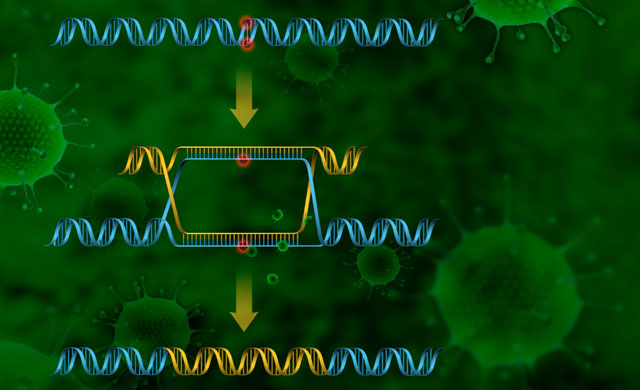
Gene Therapy
Gene therapy is the use of DNA in therapeutics. Genes are specific sequences of bases that encode instructions on how to make proteins. This technique is used to replace a mutated gene causing a disease with a healthy gene, inactivate a gene that is not functioning properly, or to introduce a new gene into the body to fight a disease. This technique involves introducing DNA, which will eventually make therapeutic proteins, into a cell using a “vector.” Once inside, the DNA becomes part of the cell and makes the necessary proteins to treat or modify a disease. Currently, gene therapy techniques are improved upon and have been successful in treating Leukemia and Parkinson’s disease.
Genetic instructions for certain expressions can be introduced in the cells which can propagate this information to its daughter cells as it divides. A carrier molecule called a vector should be used to deliver the therapeutic gene into the human cells. Even though viruses are often used as vectors, there are non-viral molecules that can be used for the delivery. Erythrocyte ghosts and exosomes are some of the new and promising vectors for gene therapy. Exosomes, which are cell membrane based minute vesicles (30-90 nm), appear to be effective in the transportation of messenger RNA and in delivery to neural cells. Erythrocyte ghosts can be created using stem cells. This is encouraging because stem cells are pluripotent cells.